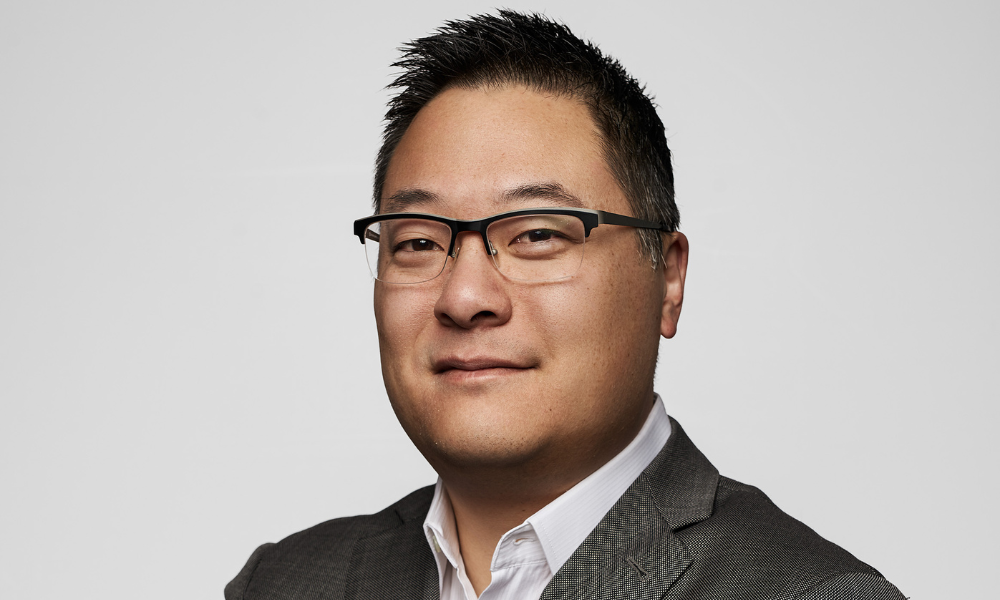Traditionally considered a grudge purchase for many people, how can life insurance market itself better?

For financial advisors and brokers, one of the first lessons of the job is that life insurance is sold not bought. Life insurance, in its various forms, is certainly not a new car, a flat screen TV, or any other consumer good you wish to mention. Nor is it an Apple stock or Amazon bond – it’s a product that can prove a tough sell for most people.
The reason for that, in the opinion of Michael Aziz, chief distribution officer at Canada Protection Plan, is general misinformation about life insurance. Many consumers either think they are too young to need coverage, or that it is too expensive. This was confirmed by LIMRA’s recent study in conjunction with the Life Happens group where respondents massively over-estimated the cost of life insurance.
“You have to look at your own situation, but if you are young and single I think there is still a need,” says Aziz.” “It is very inexpensive when you are young – for a female in her 20s, non-smoker, $500,000 for a 20-year term, that’s $20 a month.”
One of Canada Protection Plan’s main business lines is in simplified issue insurance, which traditionally was for the hard to insure market. That isn’t the case anymore, explains Aziz, pointing to the type of consumers that favour this type of product.
“It is the millennial that doesn’t want to meet with a nurse – they want the coverage quick, so that’s where simplified issue comes in,” he says. “There’s no medical, so that product can be issued in 3–4 days.”
Another major benefit of life insurance is the protection it offers those who own their own home. Home ownership in Canada usually entails a mortgage, but what happens if the main breadwinner in the family were to pass away? Rather than the surviving spouse and any dependants having to leave their home, a life insurance payout can often cover the cost of the mortgage. This is in contrast to the mortgage insurance offered by lenders, however, which is a key distinction Aziz wants to make.
“If you have a mortgage, your home is your biggest asset, so you need to make sure it is protected if something happens to you,” he says. “Bank mortgage insurance – in my humble opinion you need to speak with an advisor and deal with a traditional insurance carrier. That way you determine who is the beneficiary of the policy, and that is not necessarily the bank.”
He continues: “You are generally underwritten at time of application, so your coverage is determined at the time of application, meaning there are less issues at claim time. Also, when you buy $500,000 of coverage, that face amount doesn’t decline, unlike with mortgage insurance.”
Also with life insurance, there are various options to fit a person’s circumstances. A term-10 life plan with lower premiums may be the best option for a young family, but for someone approaching retirement, different priorities often emerge.
“Someone that has maxed out their RSP and TFSA contributions might benefit from a UL policy,” he says. “Permanent is useful for estate planning. If you are 30 years old and have kids that are eight, ten years old, then something like a T-20 policy will probably cover your insurance needs.”
Premiums reflect the amount of coverage, but also other factors like the age and health of the policyholder. Another key factor an underwriter will always look at is smoking, but in 2018, just who qualifies as a non-smoker is changing, as Aziz explains.
“For cannabis, our policy is that if you smoke less than five times a week, and don’t mix with tobacco, you count as non-smoker,” he says. “If you ingest it rather than smoke it, there’s no issues there. I think the insurance industry is moving quite quickly on cannabis. We are much more liberal than we were three years ago.”



